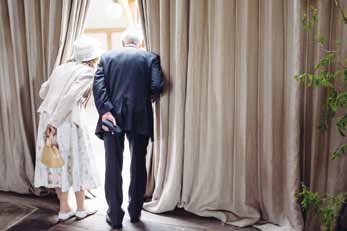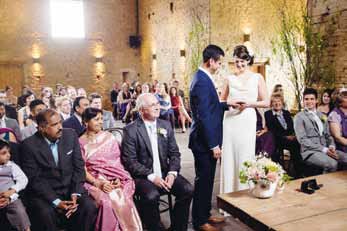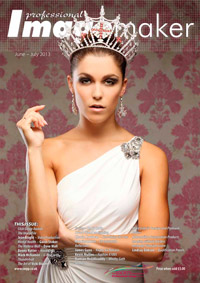articles/Review/x100s-page2
The Fujifilm X100S Review - part 2 of 1 2 3
by Kevin Mullins Published 01/06/2013

This camera is tiny compared to its DSLR cousins, but packs the same punch as its counterparts when it comes to dealing with low light.
I don't think anyone who has used any of the X-trans cameras from Fuji can fail to be astounded by the level of image quality they produce. For me, as an available light shooter, I rarely use flash in any form. The X100 was good at low light shooting but I wouldn't head north of around 2,500 ISO in extreme circumstances.
The Fuji X100S inherits the superb low-light processing of the X-Pro1 and X-E1 as far as I can tell. The extended range goes all the way up to 25,600 but for me, the real power in low light is the ability to set the Auto-ISO to top out at 6,400 where needed (taking into account a minimum shutter speed).
Specifications
• 16.3 Mega Pixels
• 23.6mm x 15.8mm (APS-C) X-Trans CMOS II sensor with primary colour filter
• SD memory card/SDHC memory card/SDXC (UHS-I) memory card support
• JPG & RAW, MOV (H.264, Audio : Linear PCM/stereo sound)
• 23mm (35mm equivalent) fixed f2 lens (f2 - f16 1/3EV step (controlled with 9-blade aperture diaphragm))
• Equivalent to ISO 200-6400 (Standard Output Sensitivity)
• Extended output sensitivity equivalent ISO 100, 12800 and 25600
• 6 frames per second continuous shooting
• Build in flash
• Hybrid Optical and Electronic Viewfinder

A lot of people ask me if I'm comfortable using the Auto-ISO settings and the answer is yes. In fact, I use it pretty much all the time. However, I have different settings for different situations.
You can save the different Auto-ISO settings for each of the three camera custom shooting profiles so I have one setting that shoots between 200 ISO and 6400ISO with a minimum shutter speed of 1/125th (that's my standard). I then have a couple of variants for outside shooting and for shooting in much darker scenarios (where the shutter speed is a lot lower).
Using the new Q button I can switch between these pretty rapidly. As ever, the famed Fuji colour rendering is just amazing. However, as I tend to shoot JEPG with my cameras these days I've noticed the NR setting in camera can be a little harsh and for that reason I usually set my NR setting to -1 in the configuration menu.
In my tests, the colour accuracy, sharpness and noise is markedly better than the X100 and certainly on a par with the files my X-Pro1 produces.
As a documentary wedding photographer the Fuji X cameras have been a bit of a godsend. I shoot a lot at each wedding now with the X-Pro1 and whilst I did take the original X100 to a few weddings in the early days it soon became redundant with the advent of the X-Pro1.
Please Note:
There is more than one page for this Article.
You are currently on page 2 Contact Kevin Mullins
1st Published 01/06/2013
last update 09/12/2022 15:00:32
More Review Articles
There are 21 days to get ready for The Society of Photographers Convention and Trade Show at The Novotel London West, Hammersmith ...
which starts on Wednesday 14th January 2026





